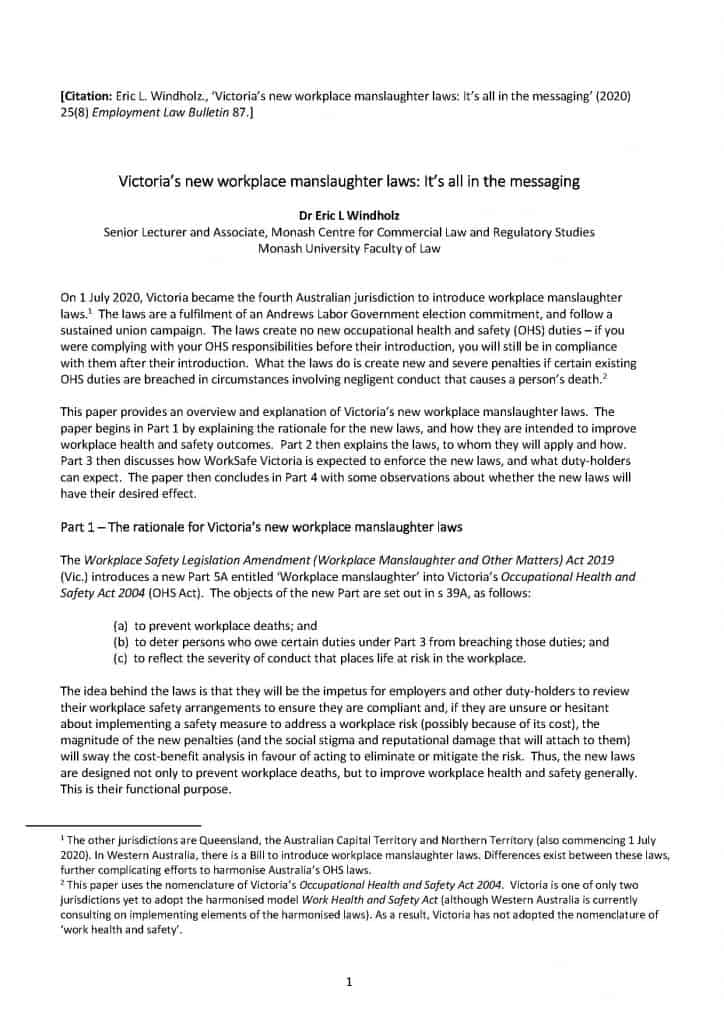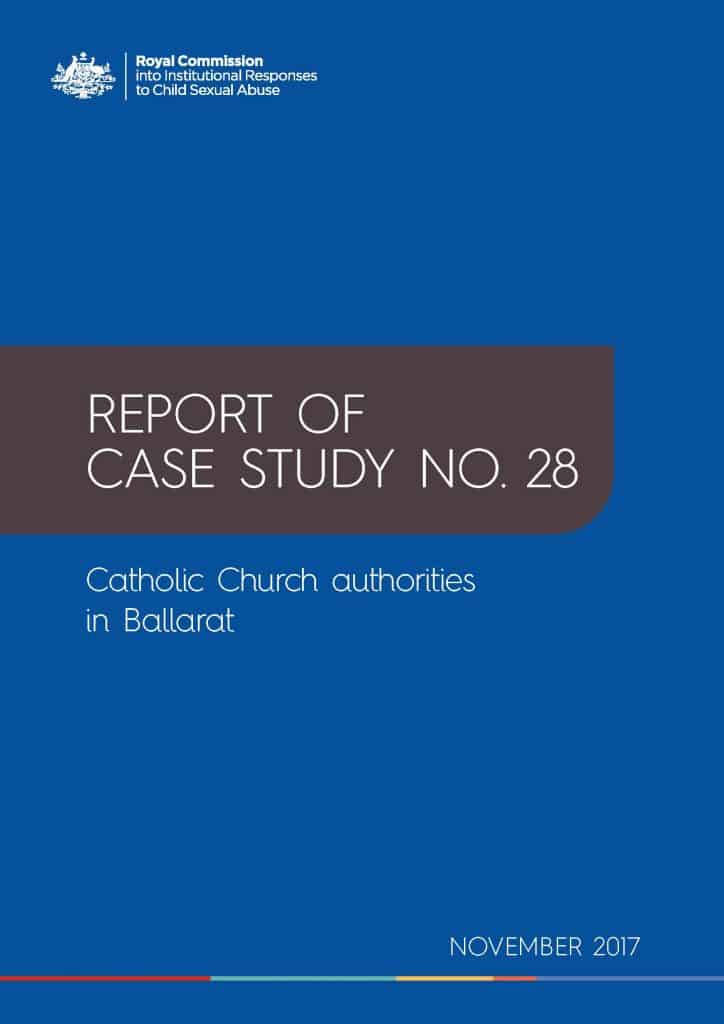I am halfway through an extraordinary book called “There Are No Accidents –
The Deadly Rise of Injury and Disaster—Who Profits and Who Pays the Price” by Jessie Singer. It is extraordinary in many ways, but the most significant is that Singer chose to write a book for the general reader about how people are hurt at work, home and when driving and how describing these as “accidents” deflects responsibility, as if there was nothing that could be done to prevent them. This is of huge significance to the advocates of work health and safety, and the book’s release should spark interviews with Singer and book reviews which could lead to a broader social discussion of safety.
Category: Investigation
The PM misses an opportunity for OHS leadership
Last week in Devonport, Tasmania, an inflatable jumping castle flew into the air injuring and killing several primary school-aged children. Shortly after Prime Minister Scott Morrison conducted a press conference in conjunction with the Tasmanian Premier Peter Gutwein and others in which he spoke about the incident and its impact on the local community. It is worth looking at the PM’s comments from an occupational health and safety (OHS) perspective.
Many readers will be aware that fatalities related to inflatable amusement devices becoming airborne are uncommon but not unknown, as the ABC article linked above shows. Most Australian jurisdictions have issued OHS guidelines for amusement devices, including inflatable jumping castles. Here are links to two examples that illustrate the state of knowledge of the risk. This article makes no comment on the OHS circumstances of the Devonport incident.
Useful look at Victoria’s Industrial Manslaughter laws

Eric Windholz has released a perceptive paper on Industrial Manslaughter (IM) that neatly summarises the risks and rationales behind these legislative changes to Victoria’s occupational health and safety (OHS) laws.
Windholz explains two functions of the amendments – a motivator for employers to improve OHS in their workplaces and to provide a pathway for bereaved families to actively consult with the government.
The mechanism for the families’ input is the Workplace Incidents Consultative Committee. Windholz writes:
A return to the Forgotten Royal Commission

Ministerial accountability. Occupational health and safety (OHS). Leadership. Industrial Manslaughter. These issues have existed in various combinations in various jurisdictions and discussed by many people. At the moment in Australia, this combination has in relation to COVID19 but some of the discussion contains tenuous links and some is masking long held political agendas. Much of it harks back to arguments put to the Royal Commission into the Home Insulation Program.
The latest combination came to my attention from an August 19 article in The Australian newspaper (paywalled) written by business journalist Robert Gottliebsen.
Work-related elements for social change

It is almost impossible for occupational health and safety (OHS) people to stop looking at the world through the risk assessment parameters and hierarchies with which they work every day. The Hierarchy of Control could be applied to the COVID19 pandemic with the important lesson that the elimination of a hazard does not only come from the right purchase but could require months and months of a combination of Administrative Controls, Personal Protective Equipment, and perseverance. This impossibility should not be something that makes OHS professionals shy. It should be embraced and expanded, where possible, beyond the bounds of workplace organisations to societal design and change.
Michael Quinlan has recently written about a different investigative process that could be directly applied to the management of disasters, including COVID19. His research on Ten Pathways to Death and Disaster has been popping up in conferences, books and public speaking, including the OHS advocacy of Dr Gerry Ayers of the CFMEU, and has rarely been more timely.
Safety notification app

Last weekend across the road from home, two workers were on the roof of a three-storey apartment block construction installing or inspecting solar panels. No fall protection, no harnesses. I grabbed my phone to notify my local WorkSafe about this unsafe work activity. The switchboard was closed, and the phone number listed on the website was identified as only for emergencies. Was this an emergency? Not sure. By the time I worked it out, the workers were off the roof and the opportunity passed.
I now wish that my State had a notification app like that operating in New South Wales. I would have taken some photos and notified the occupational health and safety (OHS) regulator. The “Speak Up, Save Lives” app seems good, but it may also undercut the pathways to Consultation established through the OHS laws.
OHS, organisational culture, sex abuse and the Catholic Church

The discussion of “organisational culture” has tried to remain apolitical or amoral, but it always relies of case studies to illustrate the academic and ephemeral. Largely these studies involve major disasters, but few people work in heavy industry, chemical plants, or offshore oil rigs. Better examples could be sought by looking at other industries, such as the Catholic Church. (I really hope someone is examining this relationship in a PhD)


